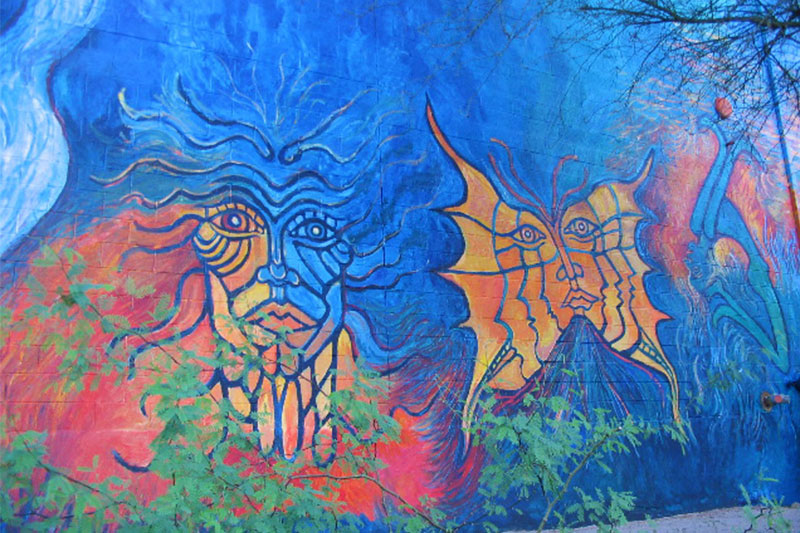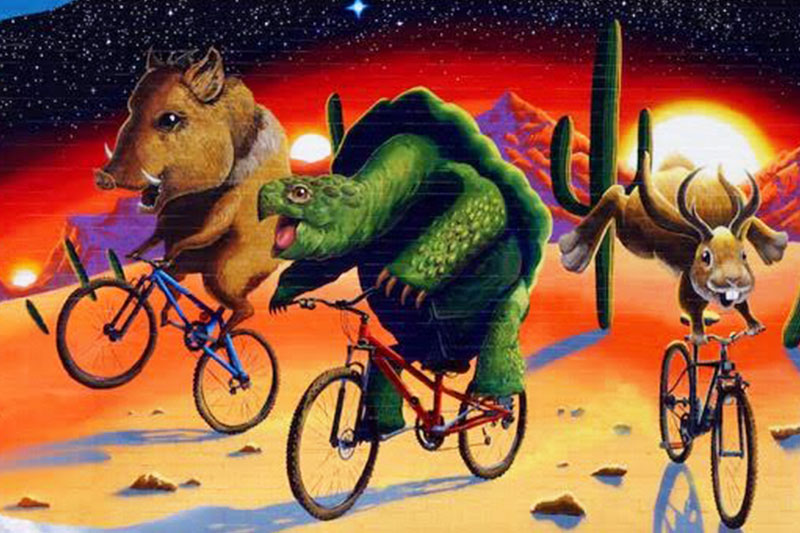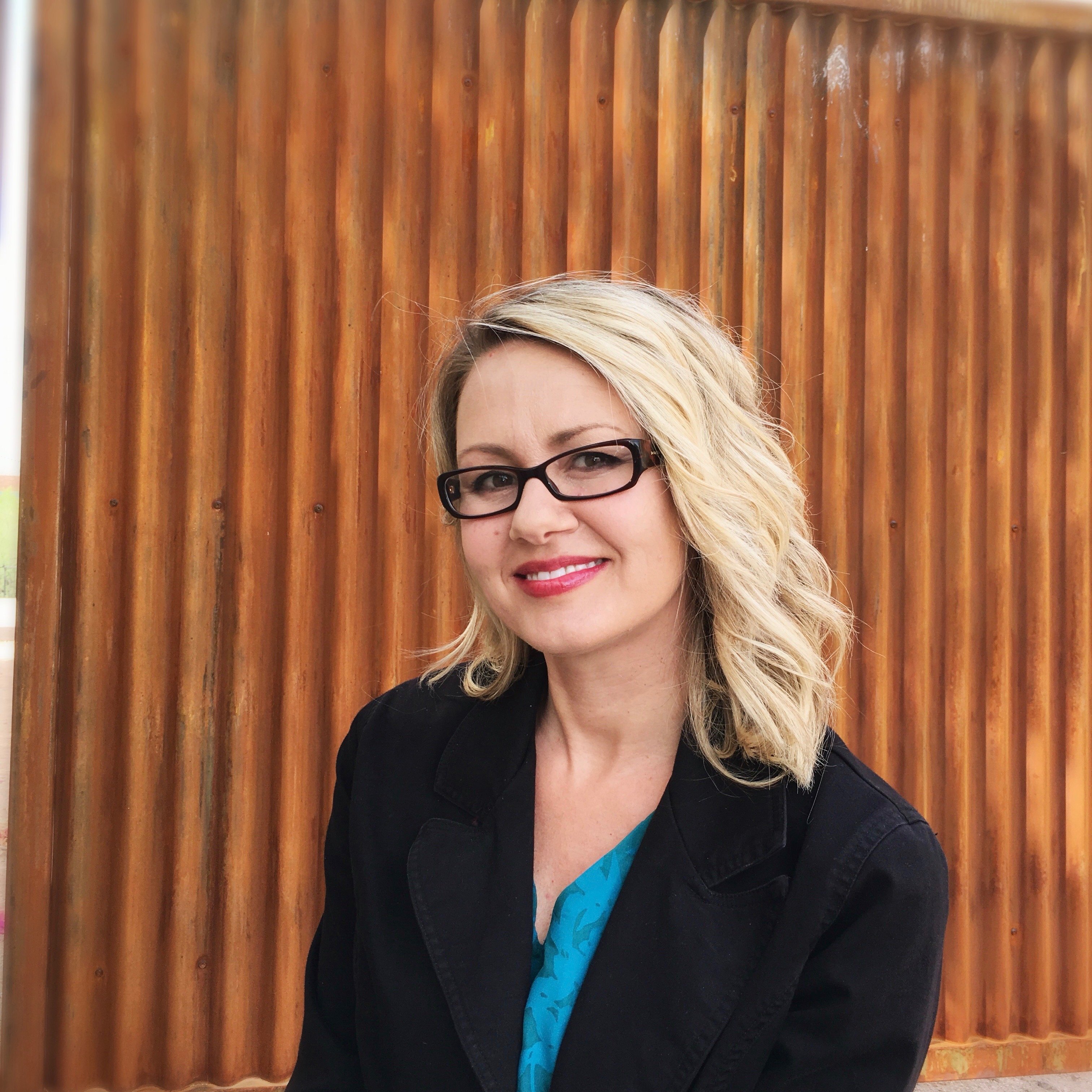A Guide to Tucson's Neighborhood Murals
Urban street art has seen its fair share of controversy over the last decades. While some compare it to nonsensical graffiti, others have embraced it as a means of connecting the community to common cultural events or experiences. Although street art has been around since the 1960s and used as a mode of individual expression, it has evolved to become a symbol for inspiring and energizing blighted neighborhoods, fostering communal support, and enhancing a city’s value. The City of Tucson released a map of murals in order for locals and visitors to explore the vibrant street art of the Greater Downtown area.
Here are the best neighborhoods in Tucson where you can view colorful murals reflecting the city’s history and landscape.
Downtown

An urban chic rejuvenation has brought new interests for both businesses and residential communities in the Downtown neighborhood as the city continues to generate new buzz in the area. Downtown Tucson is the liveliest part of the city thanks to its numerous eateries, charming vintage shops, and local street festivals. In this area, you’ll find a variety of art and artistic styles reflected on multiple buildings, sidewalks, or any available canvas space imagined by the artist.
One such mural is “Creation Story, Chaos Theory, and Quantum Memory” by To-Ree-Nee Wolf depicting the artist’s Native American roots. The 12-foot high and 40-foot long mural was completed in 2016, and many of her other works can be found throughout various spots in Downtown as well. One of Tucson’s murals by Ignacio Garcia was inspired by mythical symbols found in the Southwest. His mural, which can be seen on the east wall of the Rialto Theatre on Congress Street, features the image of a jackalope with the face of local basketball announcer Bill Walton, which was meant to give people a “happy feeling.” “Juicy” by Isaac Caruso is a large mural plastered on a building on 9 N. Scott Avenue. Showcasing Caruso’s optimistic spirit and embodying his impression of Tucson, the mural depicts a blue quail, five oranges, blossoms, leaves, and a blue backdrop.
Menlo Park
Menlo Park is just as diverse as the history it reflects, with its rustic yet gently restored homes. The neighborhood has modernized only by the addition of conveniences like the Mercado San Agustin, a market with eateries and shops surrounding a courtyard that hosts a farmers market and other events, and the new streetcar line.
While you stroll the streets of this neighborhood, you’ll run into murals like “Dia de Los Muertos” by Rock “CyFi” Martinez, which is a reinterpretation of a painting by the famous Mexican artist Diego Rivera. The mural features Diego Rivera dancing with his wife, artist Frida Kahlo, and in the background there are parts of Rivera’s popular mural called “Dream of a Sunday Afternoon in Alameda.” Per the commissioner of the mural, the community has embraced the art and “all walks of life come and utilize the mural.”
El Presidio

Named for the Spanish-built Presidio de San Augustin del Tucson (1775), El Presidio was built on a prehistoric Hohokam Indian site and the original presidio fort. Throughout this neighborhood, distinctive street lamps light the charming streets of historic homes and buildings. Shop or dine at the Old Town Artisans, a historic block that features local, regional, and Latin American artists and eateries.
And art abounds in galleries, gardens, and at the nearby Tucson Museum of Art and Historic Block, featuring original and traveling exhibitions. For murals, a must is works done by Susan Kay Johnson, a local hero for founding the city’s All Soul’s Procession in 1990. The homage to the beauty and mystique surrounding the Mexican holiday of Dia de los Muertos has been widely embraced by the Southern Arizona community throughout the years.
Barrio Viejo
In a neighborhood that literally translates to "old neighborhood” in Spanish, with some believing there’s no greater collection of 19th century adobe buildings in the country, Barrio Viejo offers an “abundance of character” through it’s colorful dwellings. A vibrant community of beloved eateries and shops, historical charm, and modern conveniences blend together to make one of the most distinct neighborhoods in Tucson.
While biking the paths, stop along “La Pilita” by Martin Moreno. This original mural was completed by Moreno and local youth in the 1980s and was refurbished by Moreno in 2011. Depicted in the mural is El Tiradito Shrine, and the mural is believed to be dedicated to a sheep herder murdered in the downtown area.
University

Finish off the mural exploration in University. The first major subdivision north of the Southern Pacific Railroad, which once housed prominent Tucson families, underwent a revitalization process in the 1970s and became the center of all things education, arts, culture, and entertainment. Pristine historic and modern homes are among workshops, studios, and art galleries of local artists and artisans, and the area is home to passionate students of The University of Arizona.
You’ll want to check out “Epic Rides” by Joe Pagac, famously known as Tucson’s largest mural, which was also crowd funded by the local community. Measuring 130 feet long and 30 feet high, the artwork is nothing less than impressive.
Armory Park
A historic neighborhood dating back to Presidio times when themilitary guarded the Tucson Presidio stationed there, Armory Park has a rich history and culture that can be seen throughout the murals in the area. Through years of preservation, and with close proximity to Tucson's arts district, Armory Park has remained one of the most desired historic neighborhoods in the city. You’ll quickly notice the community’s vibrant street art scene when you see “The Downtown Clifton Cowboy and Cowgirl” by Danny Martin. The mural references images from the Day of the Dead and highlights the city’s tradition of the annual All Soul’s Procession. On the side of the Wavelab Recording Studio there’s a mural by an unknown artist depicting a desert view with an alternate reality. Finally check out “Vergiss” by Fin Dac, which depicts female empowerment by challenging traditional ideals. The work was originally designed for the Urban Nation Project in Berlin but was reproduced by the artist upon coming to Tucson.

